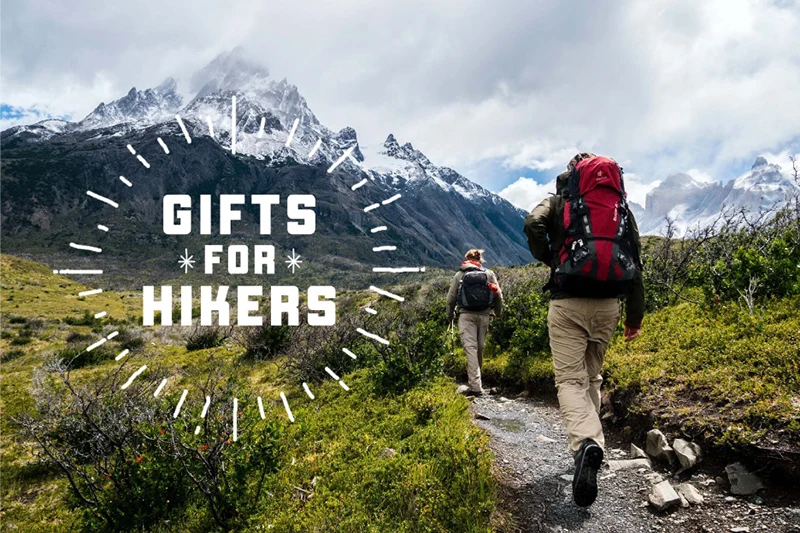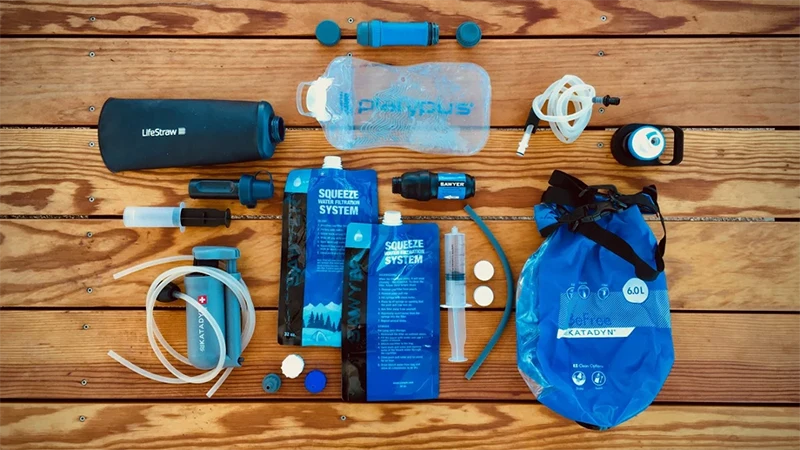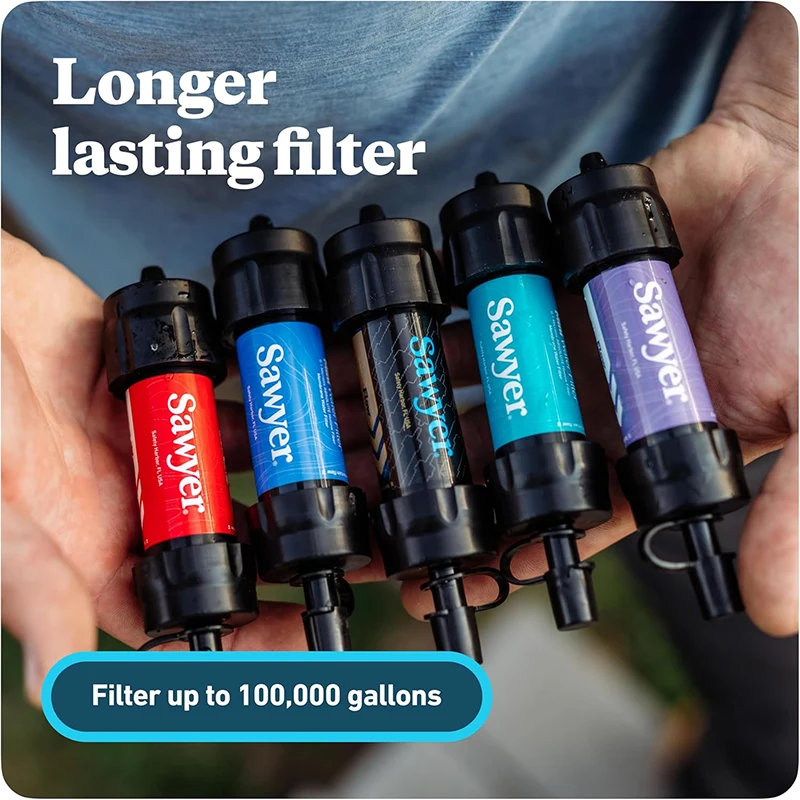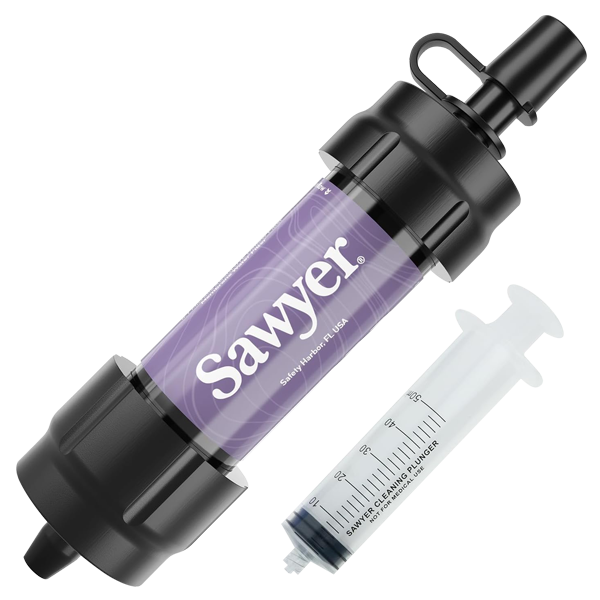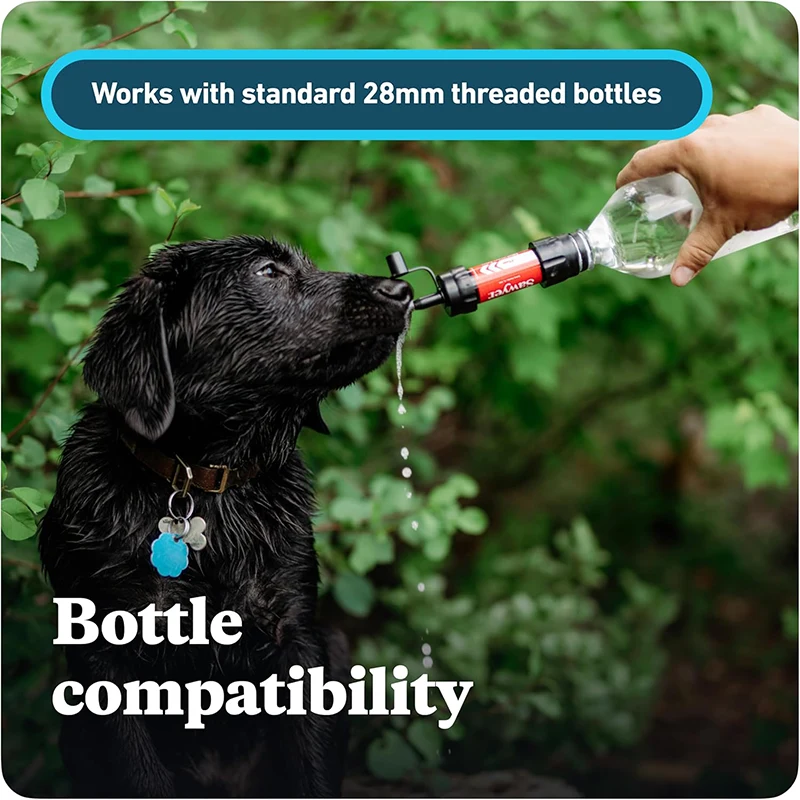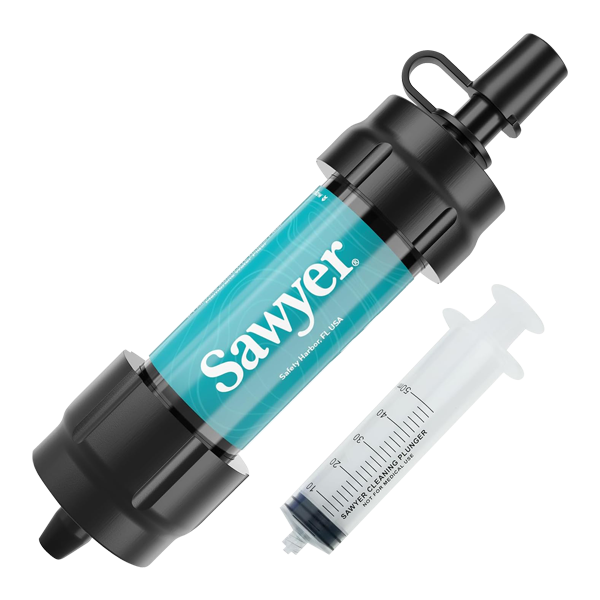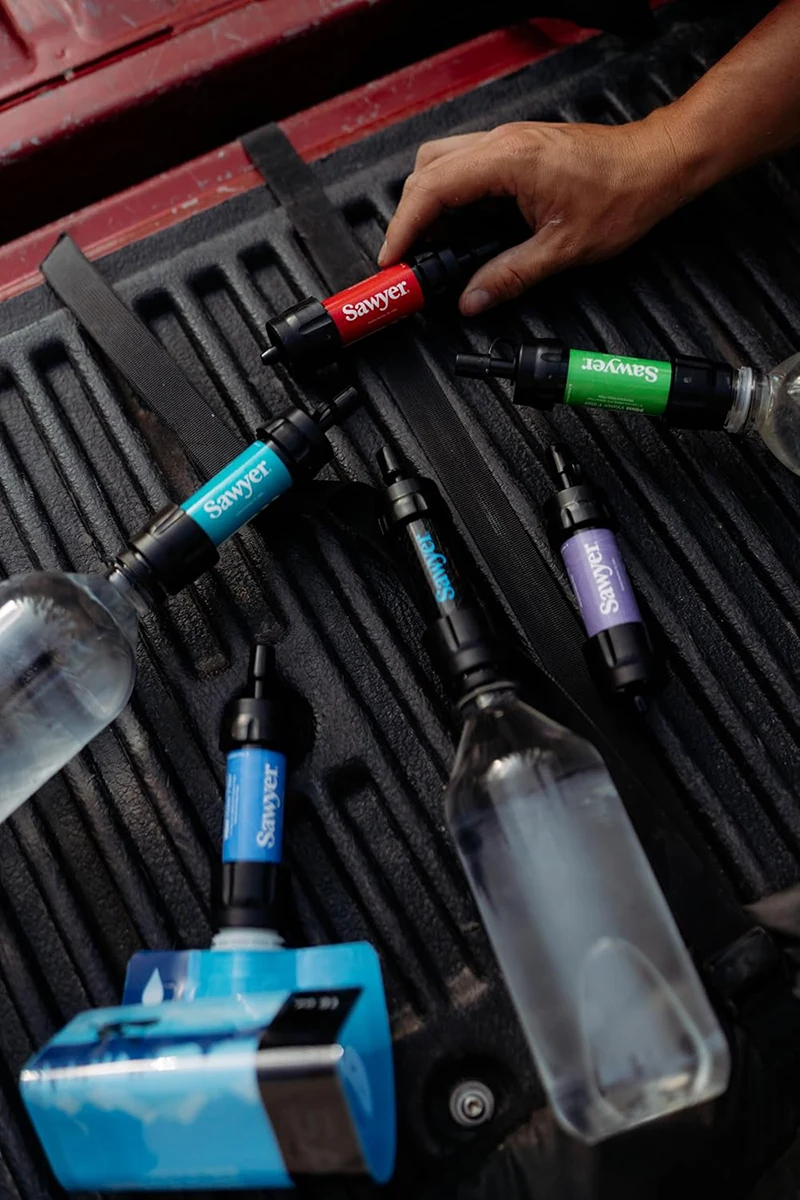

Gear! Gear! Gear!
With mere days before my Appalachian Trail thru-hike begins, I submit: my starting gear list.*
*Subject to many last-minute changes.
All gear was either pre-owned or purchased specifically for this thru-hike. This gear collection was amassed after considerable time spent reading and listening to backpacking forums and podcasts, Appalachian Trail-specific advice, and other thru-hiker gear lists from The Trek. I did not aim to be an “ultralight” hiker, but I did try to use lighter options when possible. My goal was to have a base weight (base weight = packed weight — food and water weight) as close to, or below, 20 pounds, with a packed weight not exceeding 25 pounds. I got very close, with this setup clocking in at 21.75 pounds base weight.
The Big 3: Sleep, Shelter, Backpack
Backpack: Gregory J63 60L. I’ve had this backpack since 2014, when I went on a trip to Europe with my family. I’ve brought it on every single backpacking and camping trip I’ve taken since. It fits surprisingly well, considering I selected it for its color, not its fit (despite what I might have insisted at the time of purchase), and weighs in at just over 3 pounds. I’ll carry it as far as it will last.
Fanny Pack: Lululemon Mini Belt Bag. I brought this on a whim on my first shakedown hike, and now I don’t think I could hike without it. It’s the perfect size for everything I want quick access to—phone, headphones, chapstick, electrolytes, snacks, wallet—and much larger and easier to maneuver than my backpack’s belt pockets.
Tent: NEMO Hornet 2 Person. This tent was the result of a 3 am online shopping session, when I picked it up at an irresistible price. (I was originally going to go with an REI Passage 1, but the NEMO Hornet is almost 2 pounds lighter—weight savings I couldn’t pass up.) The NEMO Hornet is a semi-freestanding tent, meaning it is held up by both a tent pole and by stakes in the ground (as opposed to a freestanding tent, which is supported by tent poles alone). Many thru-hikers opt for tents that are held up by trekking poles in efforts to save weight; you can forego the tent poles and use your trekking poles for double duty. I’ve never used that style of tent, don’t know anyone personally who uses one, and did not find the idea appealing enough to spend money trying one out. I also went with a 2-person tent, trading the additional ounces for extra room to spread myself and my gear out.
Sleeping Pad: NEMO Tensor Ultralight. A sleeping pad provides extra insulation and comfort when sleeping on the ground. They typically come in two styles: an inflatable air mattress and a foam pad. I went with an inflatable sleeping pad since they are generally more comfortable for side sleepers, such as myself. The NEMO Tensor is also rated for use in cold weather, meaning it significantly insulates against the cold ground. The morning after I first slept on the Tensor, I woke up without any back pain and discomfort that I usually get from sleeping pads and air mattresses. It’s become one of my favorite new gear additions, and one I would recommend to anyone.
Continue reading the gear list from Elise Reomberger here.
스쿼드에서
스쿼드 멤버와 앰배서더부터 브랜드 파트너와 소이어 팀에 이르기까지 다양한 커뮤니티와 캠프파이어 대화를 나눕니다.


